
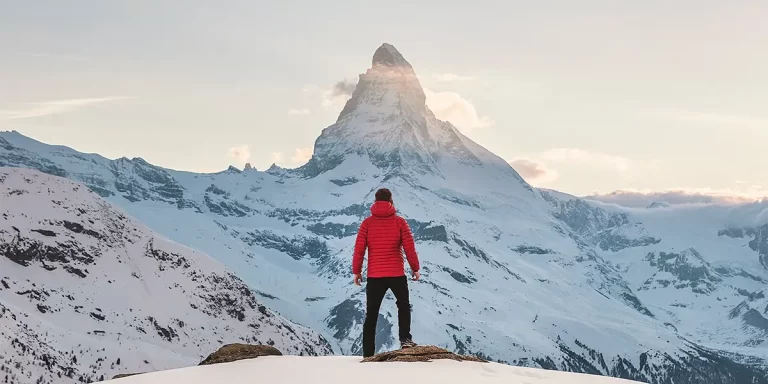
Backpacking in Switzerland‘s majestic Alpine setting offers immense variety for outdoor enthusiasts. From the rugged granite peaks of the Bernese Oberland to the rolling green hills and lakes of the countryside, the diversity of landscapes is stunning.
Popular trails lead through wildflower-filled meadows in the Valais and past dramatic glaciers and 13,000-foot peaks in the Pennine Alps.
Whether you want to traverse high ridges or explore scenic valleys, Switzerland’s excellent trail network provides spectacular settings. The mountains offer an idyllic backdrop for a memorable backpacking adventure.
Interested? Let the majesty of the Alps rejuvenate your spirit.
Switzerland features excellent multi-day trails:
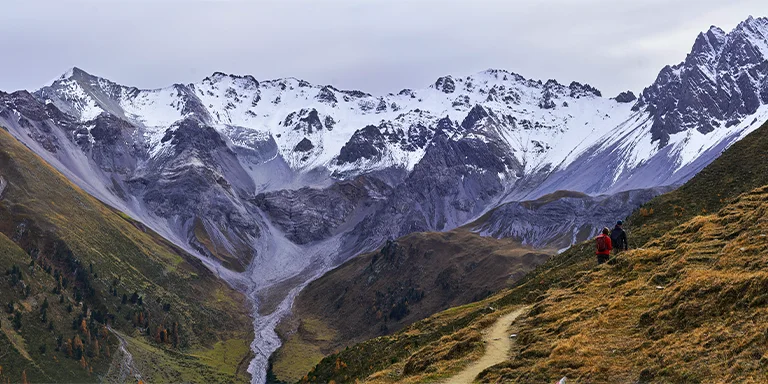
Length: 50.8 mi / 81.75 km
Type: Out and back
Difficulty: Moderate
Elevation Gain: 8438 ft / 2572 m
Location: Swiss National Park
Estimated Hiking Calorie Burn: 15 357 calories
More Details: See on AllTrails
This moderately challenging 50-mile out-and-back trail near Scuol, Switzerland winds through forest, offering hikers solitude amidst natural splendor. Though popular for mountain biking as well, the trail can be peaceful during quieter times. Traversing the trail in 23 hours on average, the route is best May through September. While not as famous as some Swiss treks, the recently renovated path and surrounding natural beauty make for an enjoyable hiking adventure.
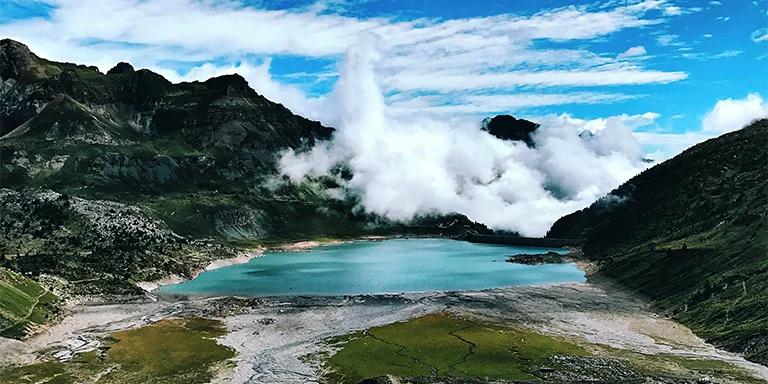
Length: 41.4 mi / 66.6 km
Type: Loop
Difficulty: Hard
Elevation Gain: 15 180 ft / 4627 m
Location: Champéry
Estimated Hiking Calorie Burn: 21 537 calories
More Details: See on AllTrails
This challenging 41-mile loop trail near Champéry, Switzerland winds around the iconic Dents du Midi mountain range, offering hikers stunning alpine scenery and mountain cabins amidst solitude. Though popular for backpacking and hiking from June through September, the trail can be peaceful during quieter times. Traversing the route in about 28 hours on average, the path features beautiful mountain vistas of the Valais region. While once an annual mountain race, the trail has evolved into a multi-day hike suitable for backpackers seeking their first alpine trekking experience.
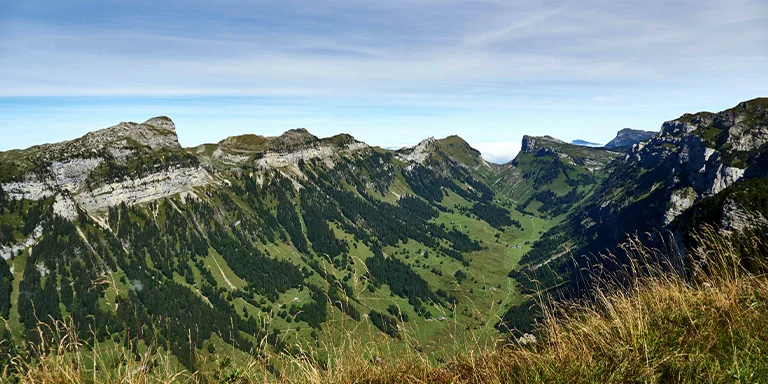
Length: 40.4 mi / 65 km
Type: Loop
Difficulty: Moderate
Elevation Gain: 5173 ft / 1577 m
Location: Thunerlake Hohgant Nature Park
Estimated Hiking Calorie Burn: 12 423 calories
More Details: See on AllTrails
This moderately challenging 40-mile loop trail near Hilterfingen encircles picturesque Lake Thun in the Bernese canton, offering hikers panoramic views between two nature parks. The popular trail from May through September takes about 17 hours to complete, with opportunities for breaks along the route. Starting in Thun, it passes Interlaken and Spiez on the lake’s opposite shore. Despite the area’s popularity for backpacking and hiking, the unique lakeshore path provides a scenic experience away from crowds during quieter times. Following the entire perimeter reveals the beauty of Lake Thun from all angles.
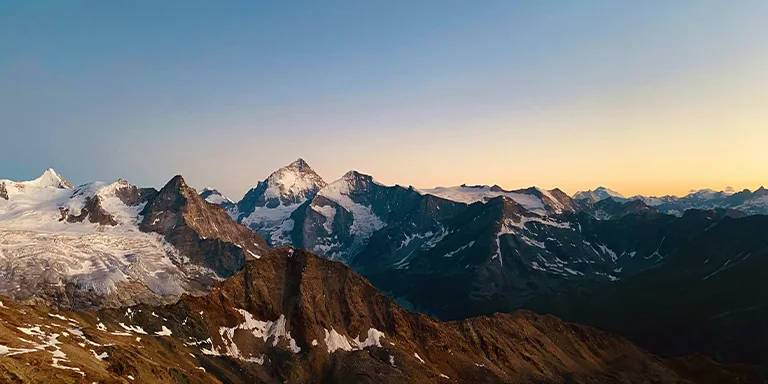
Length: 44.7 mi / 71.94 km
Type: Loop
Difficulty: Hard
Elevation Gain: 11 807 ft / 3599 m
Location: Pfyn-Finges Nature Park
Estimated Hiking Calorie Burn: 20 946 calories
More Details: See on AllTrails
This challenging 44-mile loop trail near Chalais in Switzerland’s Valais region offers spectacular mountain scenery with continuous views of over 13,000-foot peaks, despite the difficulty. The route from Sierre towards Val d’Anniviers passes Lake Moiry and Zinal, taking about 25 hours to complete with significant elevation changes. Though a popular route for backpacking and camping from May through September, the stunning high alpine vistas and landscapes can be enjoyed in solitude during quieter times. The trail highlights the beauty of the Alps while providing a rigorous hiking experience.
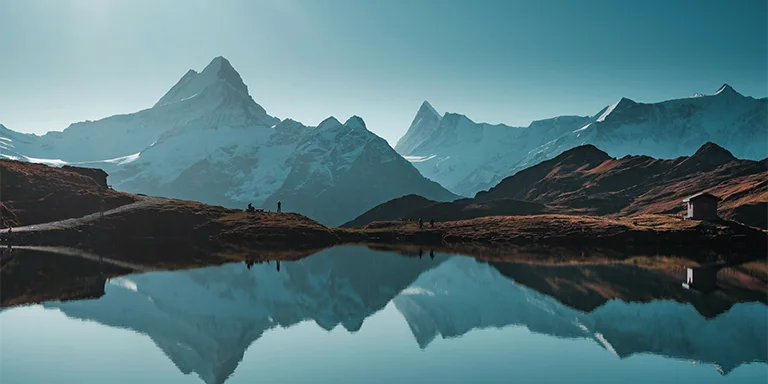
Length: 70.1 mi / 112.8 km
Type: Point to point
Difficulty: Hard
Elevation Gain: 24 028 ft / 7324 m
Location: Gsteigwiler
Estimated Hiking Calorie Burn: 36 858 calories
More Details: See on AllTrails
This challenging 70-mile point-to-point trail through Switzerland’s Bernese Oberland region offers hikers stunning views of glaciers, waterfalls, and famous sights like the 13,000-foot Eiger North Face. Taking about 48 hours to complete from June to September, the route from Gsteigwiler passes landmarks of the Jungfrau region over ten segments. Though popular, solitude can be found during quieter times. The diverse mountain scenery makes this a favorite Swiss trek. Lodging is available in villages along the way. Despite some snow at higher elevations, the trail reveals the majestic beauty of the Alps.
Being prepared with the proper gear and clothing makes backpacking feasible year-round in most areas:
Before choosing your gear, check the weather forecast for Switzerland (Bern).
| Jan | Feb | Mar | Apr | May | Jun | Jul | Aug | Sep | Oct | Nov | Dec | |
|---|---|---|---|---|---|---|---|---|---|---|---|---|
| High °F | 39 | 43 | 51 | 59 | 66 | 73 | 77 | 76 | 67 | 58 | 47 | 39 |
| Low °F | 27 | 27 | 32 | 37 | 45 | 52 | 55 | 55 | 48 | 42 | 34 | 29 |
| Rain/Snow (D*) | 10 | 9 | 10 | 10 | 12 | 11 | 11 | 11 | 9 | 10 | 10 | 10 |
Not sure if Switzerland is right for you?
Don’t forget to check out our backpacking guides for France and Italy.
Lighting campfires while backpacking in Switzerland is heavily restricted and requires advance planning and permits. Fires are generally prohibited near forests, meadows, river banks, and alpine areas due to high risk of uncontrolled spread. Research regulations on campfires which vary by canton and municipality. Obtain required permits well in advance of your trip if fires are conditionally allowed in designated areas. Fires may be permitted only with an established fire ring or grill. Camp stoves are a safer alternative for cooking while minimizing impacts on the environment.
When exploring the outdoors in Switzerland, get ready for changing mountain weather by packing proper gear for your wilderness adventure. Bring insulation, rainwear, navigation tools, sun protection, and emergency supplies when hiking the mountainsides. Check conditions and avoid dangerous storms or avalanche risks. Stick to marked trails, especially above treeline in alpine regions. Be considerate when passing livestock in mountain pastures. Learn some basic German, French, or Italian phrases for your exploration. Look into permits needed for protected or private lands. Let someone know your plans and hike with a partner if possible. Stay away from risky terrain near steep ledges and glaciers. Being prepared allows you to enjoy Switzerland’s majestic mountain wilderness safely.
Give animals like ibex, chamois, marmots, and alpine salamanders plenty of space. Do not approach, feed, or touch wild animals. Wear insect repellent and check for ticks after hiking to prevent disease. Watch your step around marmot burrows on trails. If you encounter cows or sheep in mountain pastures, give them a wide berth and yield the right of way. Back away slowly if approached by free-roaming dogs protecting livestock.
U.S. citizens don’t need a visa for tourist or business trips of up to 90 days in Switzerland. You must have a valid passport to enter the country. Make sure it has at least 3 months validity remaining beyond your planned exit from Europe’s Schengen area. There is no required minimum time you must wait between visits. Some rules vary for minors traveling alone or citizens with criminal records.